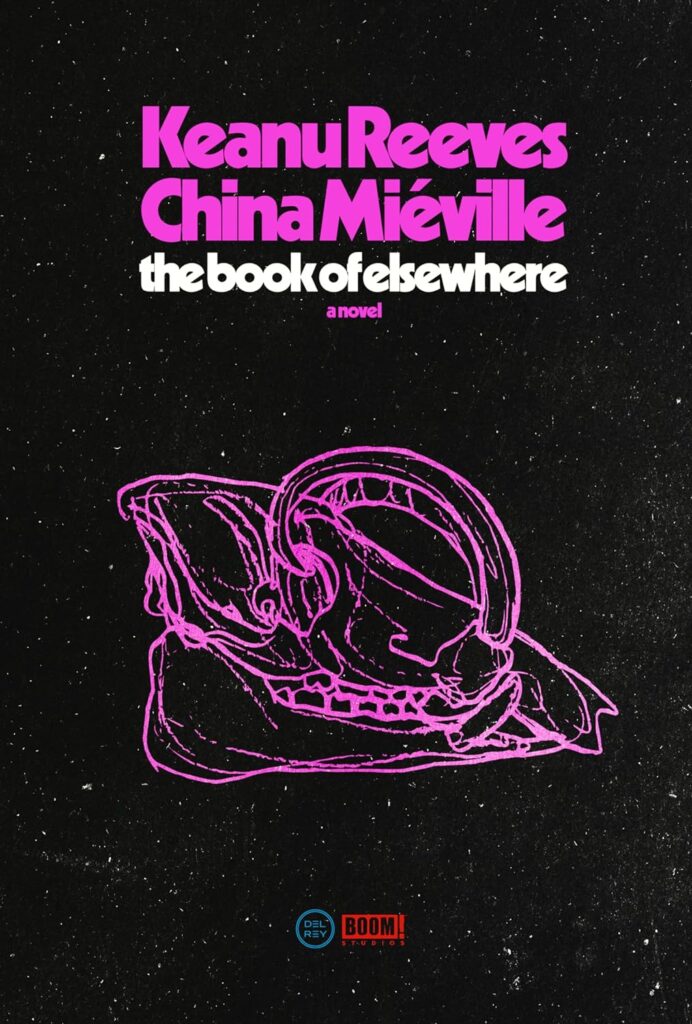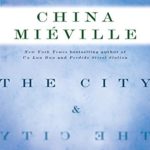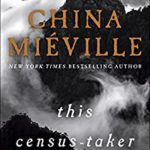China Miéville last published fiction in 2016, including his fabular novella this census taker, so his collaboration with Keanu Reeves shot to the top of my list, despite my reservations about the source material. The Book of Elsewhere builds on Reeves’ (et al) 12 issue series of the graphic novel, BRZRKR, about an 80,000 year-old warrior who can die but is then reborn. Each time his usually mangled body breaks down inside an egg-like structure, or chrysalis, and re-emerges as a new version of the same man, with the same memories and drives.
Reeves’ comic book character is that most macho of godlike human heroes, tearing through bodies of friend and foe alike when he is in his fugue state, but the collaboration with Miéville has yielded something quite different, though there is still plenty of mayhem and gore. As Reeves described the work with his writing partner, Miéville wrote all the text, closely consulting with Reeves as he proposed one innovation after another. The result is a deeply interesting story that crisscrosses through eons of time. and probes essential questions about life, death, mortality and human nature. Of course, there are no answers, and B or Unute seems destined to keep wandering across the world in an endless search for the indefinable essence of who he is.
For much of The Book of Elsewhere, B is preoccupied with a search for a strange creature, a wild boar with twisted tusks that has a purpose of its own, to kill B. But Unute has a deeper purpose as he wanders through the world and across hundreds of centuries, and that is to find out what sort of man he is, indeed if he can even be considered human, and also to fulfill his wish to become mortal, so that he can carry on with a sense that his existence could finally end. He is endowed with superhuman strength, having been born of a human mother and a mysterious force of blue lightning that flashes in his eyes when he goes into a fugue state of almost unstoppable destruction.
B is working in, more or less, the present day for a many-times-over top secret military project as a super soldier. He is studied by medical and psychological personnel who hope to find biological sources of his powers that they can transfer to others, or build their own B from scratch. But B has pursued and been pursued by, for thousands of years, the deer-pig or babirusa. This particular babirusa, birthed like Unute from a blue lightning force punching into its dam, is also immortal, in the sense that while it can be killed it is always reborn from a chrysalis-like structure. For some reason, the babirusa’s endless mission is to find Unute and try to destroy him, but this creature is not the only one pursuing B.
There is also a cult that conceives itself as representing Life and dedicated to destroying Death in the person of B. There is also another, strange entity, that seems to have no fixed body but can assemble itself into a dangerous force using scraps of wood or odd body parts or even nothing at all. It’s another enemy of Unute, though it’s a bit hard to tell why.
These strands of conflict gradually reveal themselves through several types of stories. The novel’s bookends, apart from a prologue, are two parts of “The Doctor’s Story.” These are notes of a psychoanalyst, clearly Sigmund Freud at the end of his life, writing down his observations of his sessions with B held just after World War I. There are stories by others who have encountered B at different eras, including a young stowaway on a ship, a servant persecuted for her sexual “ambiguities” but befriended by B for much of her adult life, and a survivor of bombing raids whose house became, for a time, a hiding place for B’s notebook. That book includes B’s notes on all the times and places where he died when his rebirth occurred somewhere else. This displacement is one of the mysteries that troubles him, and his notebook represents his hope that he might find patterns that would make sense of this strange hopping through space.
Then there are stories in the second person that capture periods of B’s life that go back to his youth and times when he is searching for others who may be like him or for the deer-pig, or when others are searching for him to see if they can end his life once and for all. There are the present-time stories that capture the plot of the most recent encounter with the babirusa and with a cult trying to kill B. The skillful interweaving of these different types of story-telling and narrative strands enrich the experience of learning about the endless life of this strange warrior and elevate the narrative far beyond the BRZRKR graphic novel.
Like every other China Miéville novel, I find myself carefully rereading The Book of Elsewhere to pull out more details and nuances of meaning. It’s a deeply rewarding experience, and, whether or not you’re a fan of the BRZRKR series, I think you’ll find this one of Miéville’s best fictions.





Leave a Reply